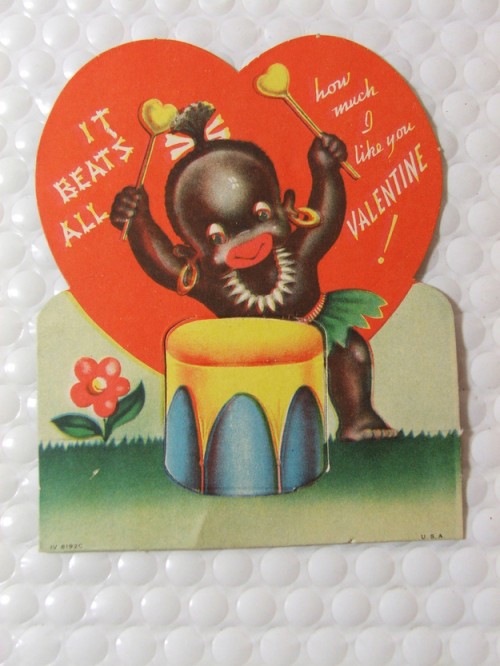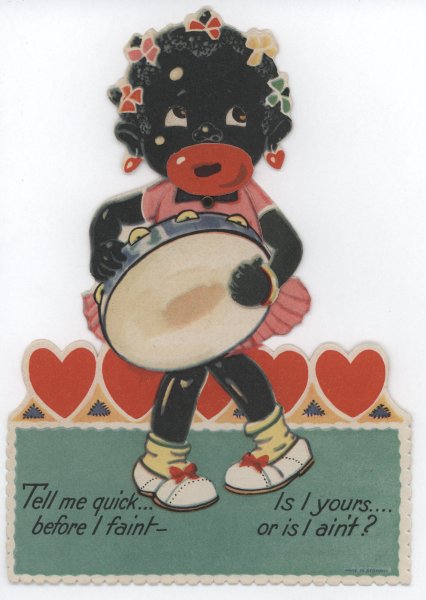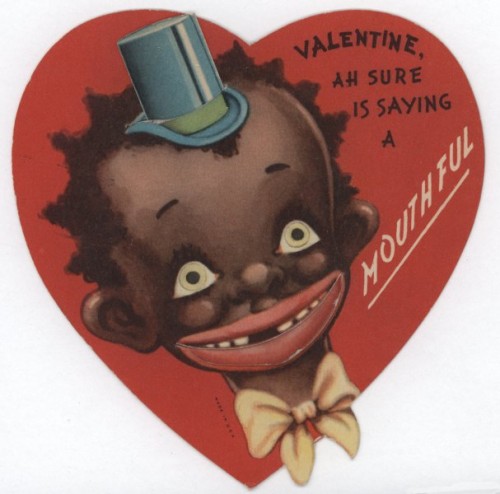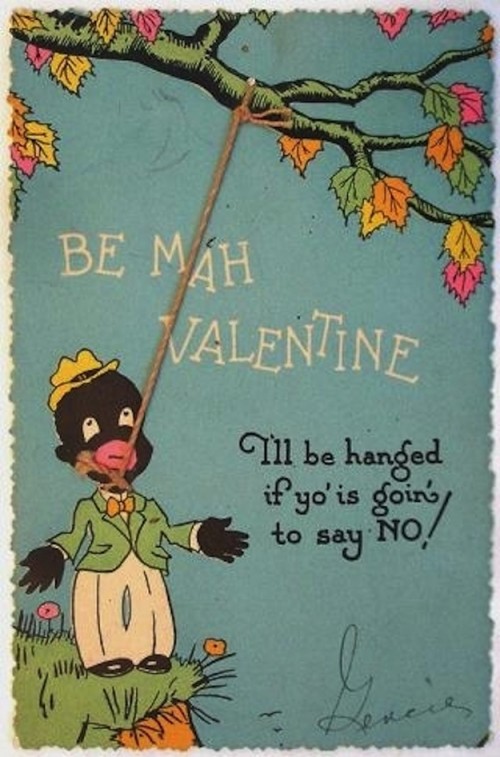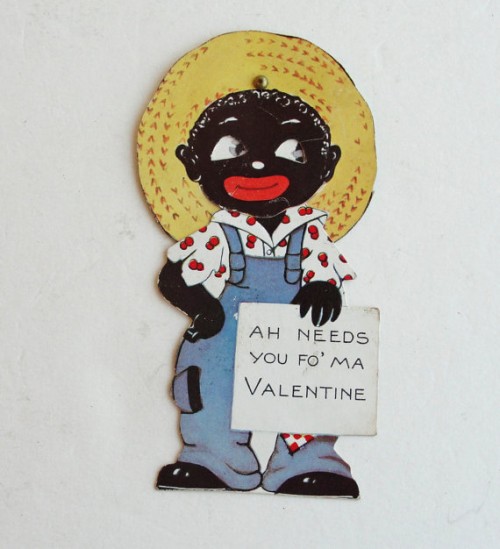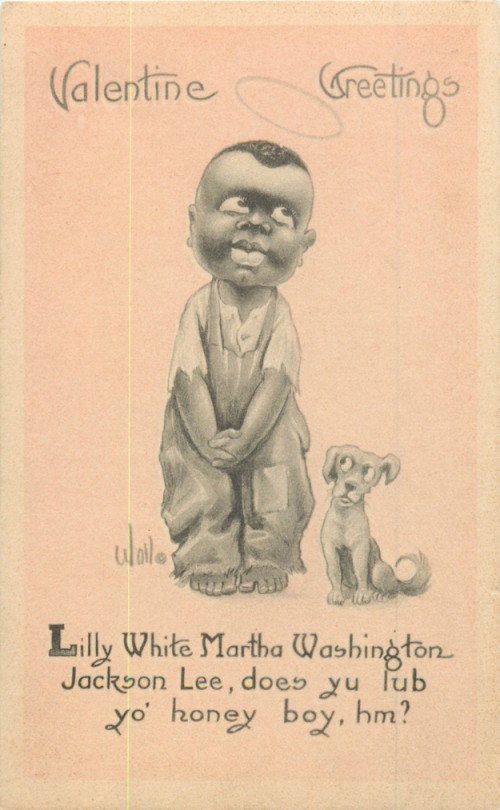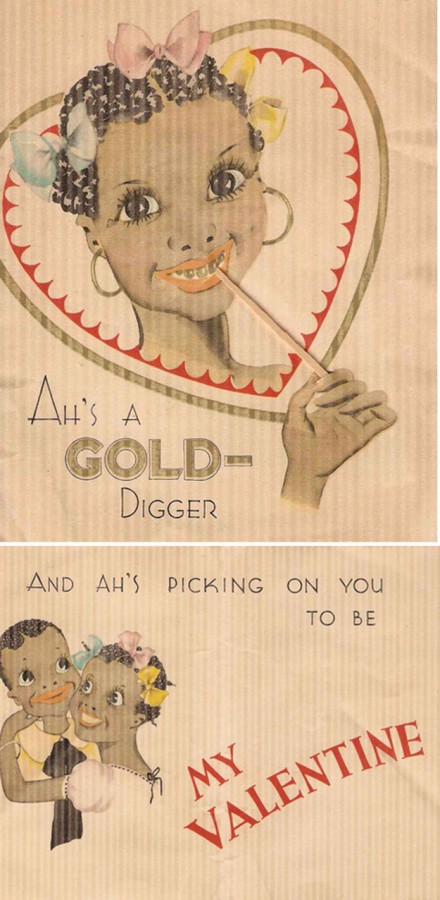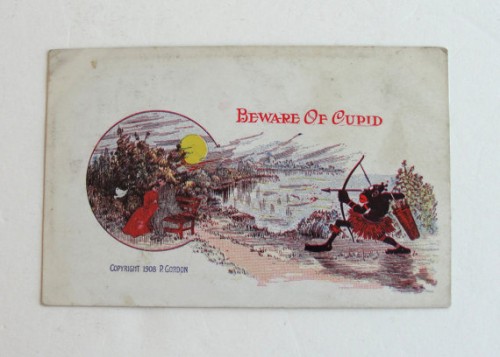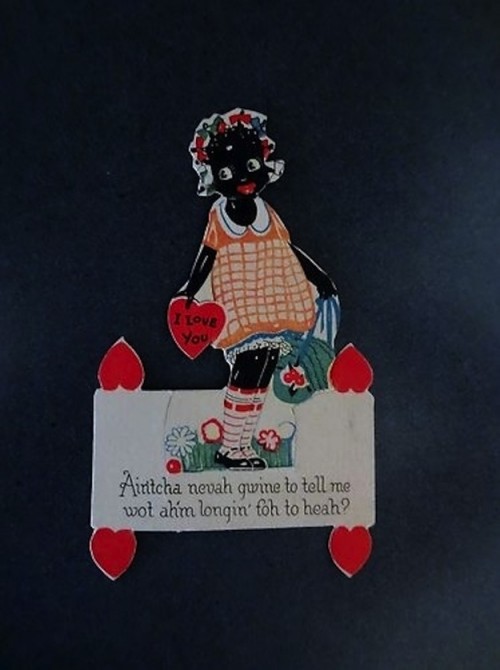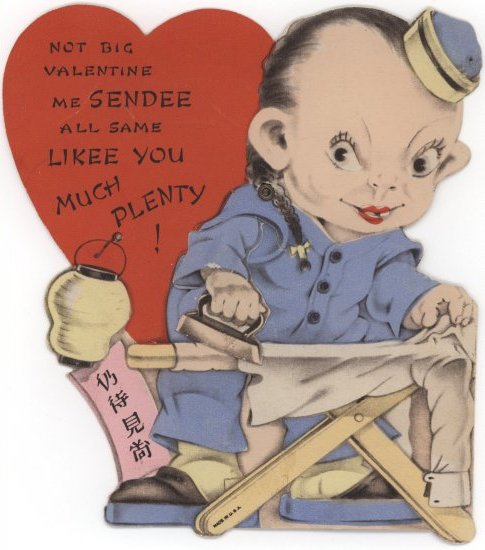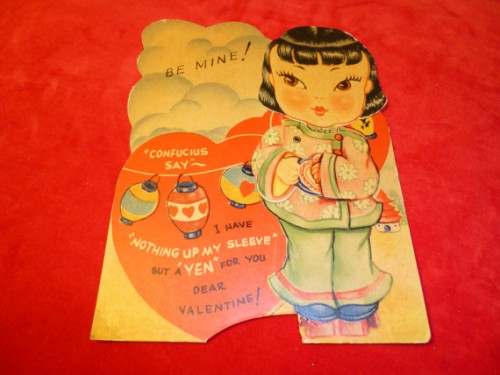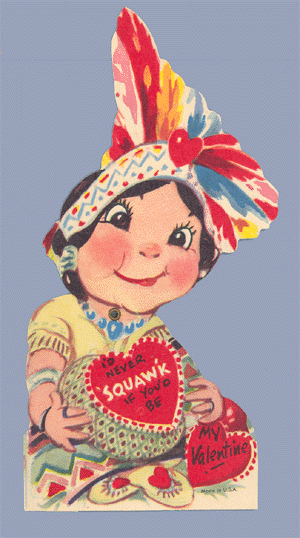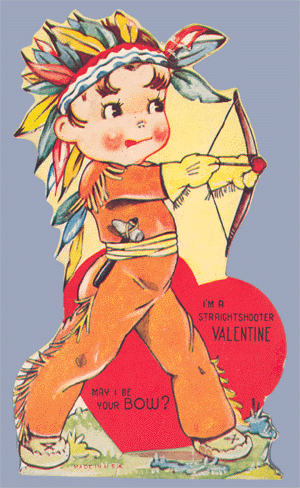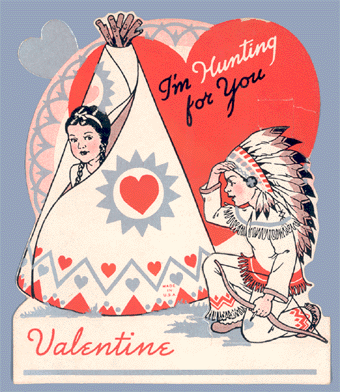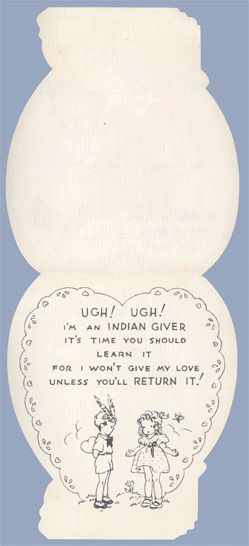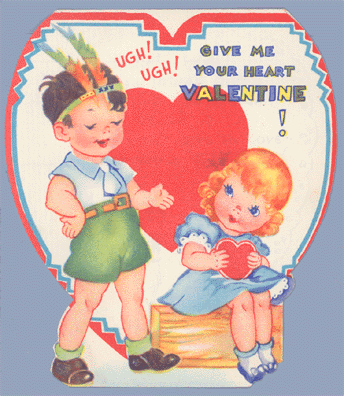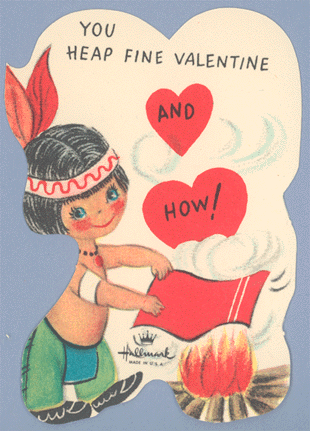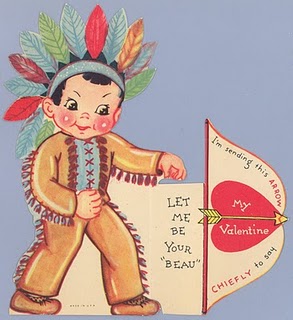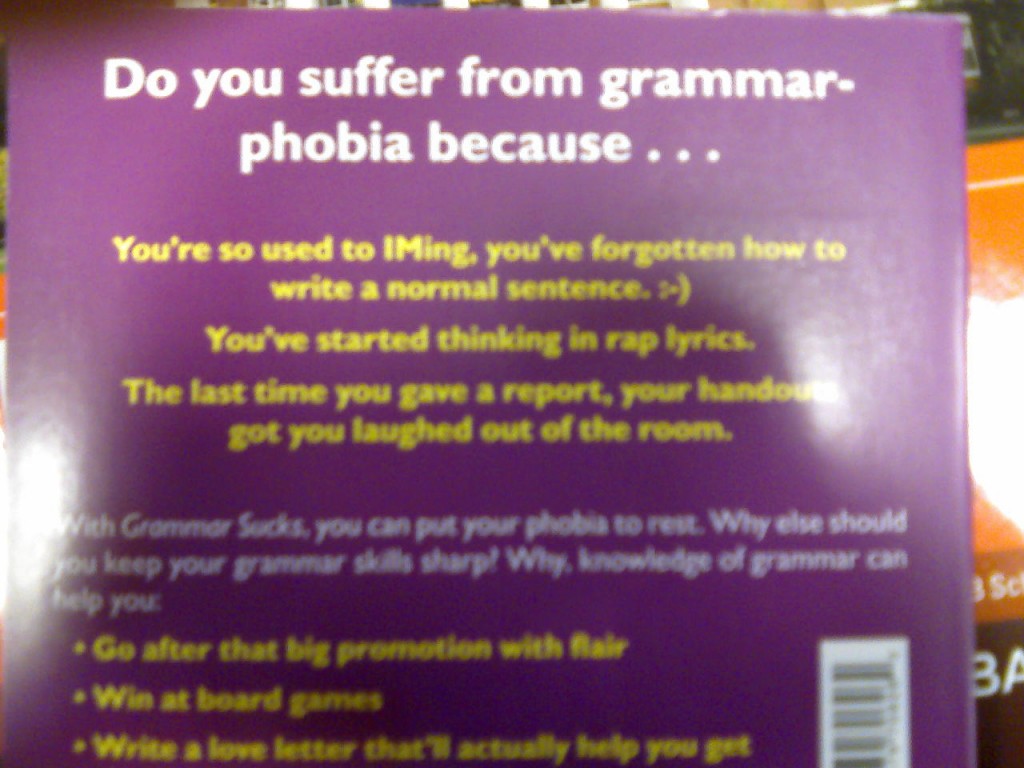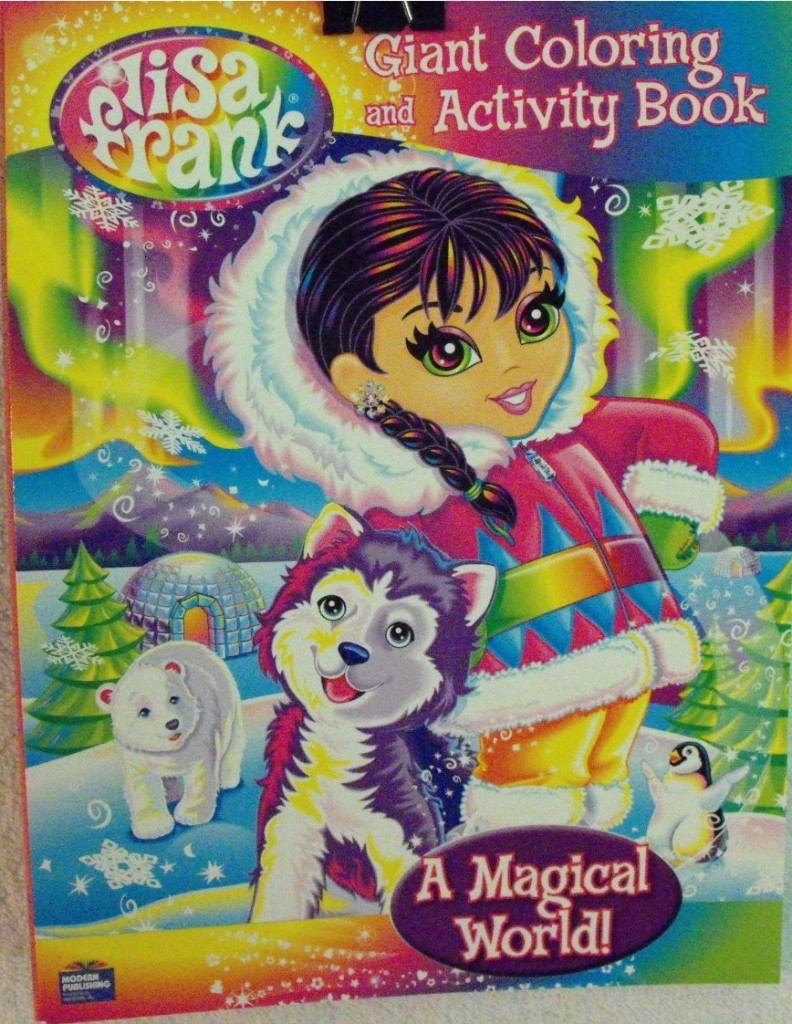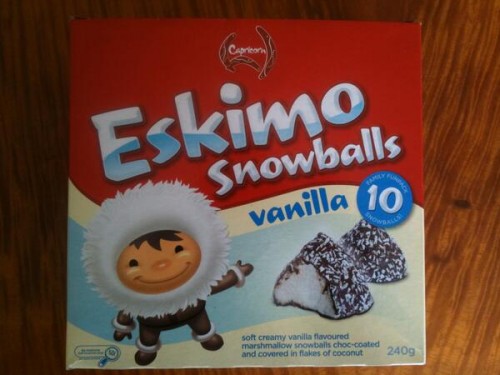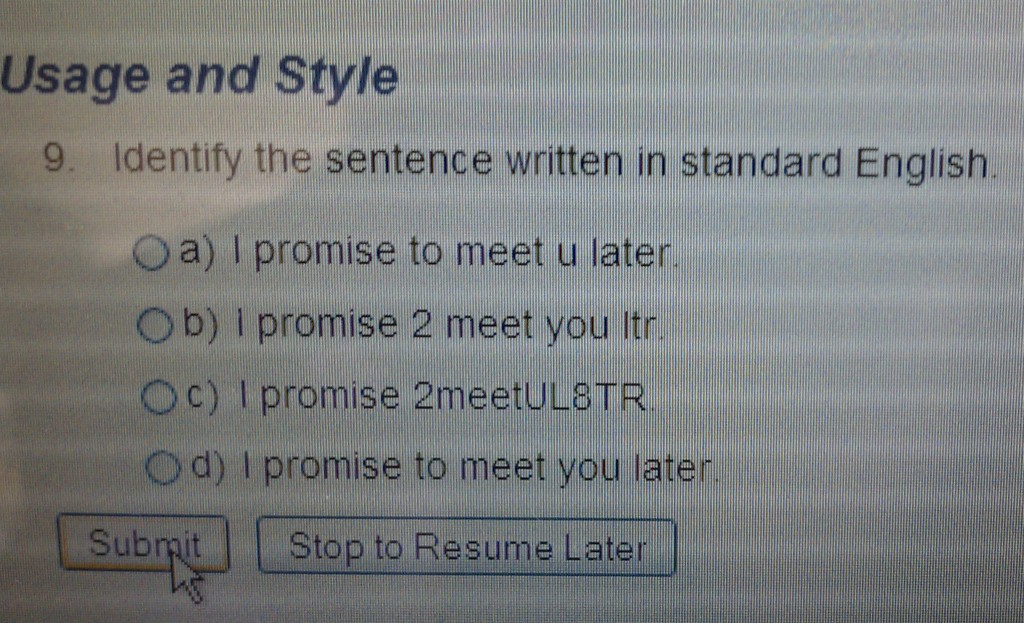If you are alive these days, and not already part of the undead masses yourself, you probably have noticed a staggering increase of zombie references in film, television, pop culture, videogames and the internet.
For instance, the big screen and small screen have both hosted a plethora of zombie films, e.g., 28 Days Later (2002), Shaun of the Dead (2004), and I Am Legend (2007). On television, we have seen the recent success of AMC’s The Walking Dead. And if you are on a college campus, you have probably seen undergraduates playing “Zombies Vs. Humans,” a game of tag in which “human” players must defend against the horde of “zombie” players by “stunning” them with Nerf weapons and tube socks. In videogames, we have seen the success of the Resident Evil franchise, Left 4 Dead, and Dead Rising. Finally, the internet is awash with zombie culture. From viral videos of penitentiary inmates dancing to Michael Jackson’s “Thriller,” to post-apocalyptic zombie societies, fansites, and blogs.
But what is the zombie and where does it come from?
What makes the zombie unique from other movie monsters is its unique place of origin. Whereas Frankenstein, Dracula, and the Wolfman all have ties to the Gothic literary tradition, the zombie stands apart in having a relatively recent (and proximal) origin. Theorists of zombie culture (such as Kyle Bishop or Jamie Russell), attribute the origin of the zombie to Haitian folklore and the hybrid religion of voodoo. But the zombie didn’t make its away into American culture until the 1920s and 30s, when sensationalist travel narratives were popular with Western readers. Specifically, W.B. Seabrook’s book The Magic Island, is often credited as the first popular text to describe the Haitian zombie. Additionally, the work of Zora Neale Hurston (specifically her 1937 book Tell My Horse) explores the folklore surrounding the zombie in Haitian mythology.
 (Still from I Walked with a Zombie, 1943)
(Still from I Walked with a Zombie, 1943)
With the development of the motion picture, the zombie became a staple of horror, and a popular movie monster. The zombies of White Zombie (1932), Revolt of the Zombies (1936), King of the Zombies (1941), and I Walked with a Zombie (1943), however, were not the cannibalistic creatures we now know. These zombies were people put under a spell, the spell of voodoo and mystical tradition. In these films, the true terror is not be being killed by zombies, but of becoming a zombie oneself.
Bela Lugosi as ‘Murder’ Legendre, the mad scientist and his zombie slave:

What all these films have in common is their depiction of Voodoo and Haitian culture more generally as dangerous, menacing, and superstitious. Those who study colonial history note that the messages contained in these films present stereotyped versions of Haitian culture aimed largely at satisfying a predominantly white audience. Many of these films also contain an all white cast, with several members in blackface serving as comedic relief for the more “serious” scenes.
It’s interesting to see how the zombie has morphed into the cannibalistic creatures we now know. While the original zombie is a powerful metaphor for fears of the non-white Other and reverse colonization, the contemporary zombie largely reflects contemporary fears of loss of individuality, the excesses of consumer capitalism, environmental degradation, the excesses of science and technology, and fears of global terrorism (especially more recent renditions of the zombie post-9/11).
For instance, George A. Romero’s famous Night of the Living Dead (1968), the first film to feature the flesh-eating zombie, is often remarked as a not-so-subtle allegory to the Civil Rights Era and the militant violence perpetuated by Southern states against the Black protestors, as well as a critique of the Vietnam War. Romero himself has stated that he wanted to draw attention to the war through the images of violence contained in the film.
Cannibal zombies in Night of the Living Dead (1968):

Similarly, the Italian zombie horror film Let Sleeping Corpses Lie (1974) reflects fears of environmental degradation and pollution. In this film, the zombie epidemic is caused by an experimental pest-control machine, which sends radio waves into the ground. Although it solves the local pest problem for farmers, it also reanimates the dead in a nearby cemetery.
Zombie consumers in Romero’s second zombie flick Dawn of the Dead (1978):

Later zombies are used to symbolize the excesses of capitalism and militarism, respectively. For example, in 28 Weeks Later (2007), we see the decay of social structures across the globe, as institutions that are supposed to protect us inevitably fail to do their job. In this scene, protagonists attempt to escape the city just before the military firebombs it:

As we can see, the zombie has a unique cultural history and serves as a powerful metaphor for social anxieties. This movie monster might have come out of the Caribbean, but it became a powerful representation of modern fears when it met the silver screen. Perhaps the current failure of global social structures (global terrorism, environmental catastrophes, and the current economic downturn) has prompted the most recent “Zombie Renaissance.” Or maybe we are just gluttons for the “everyman” tales contained in each rendition of the zombie apocalypse, a point made by SocProf several months back. I do not know what the future holds, but one thing is certain: the zombie will continue to haunt us from beyond the grave.
David Paul Strohecker is getting his PhD in Sociology at the University of Maryland. He studies cultural sociology, theory, and intersectionality. He is currently working on a larger project about the cultural history of the zombie in film.

